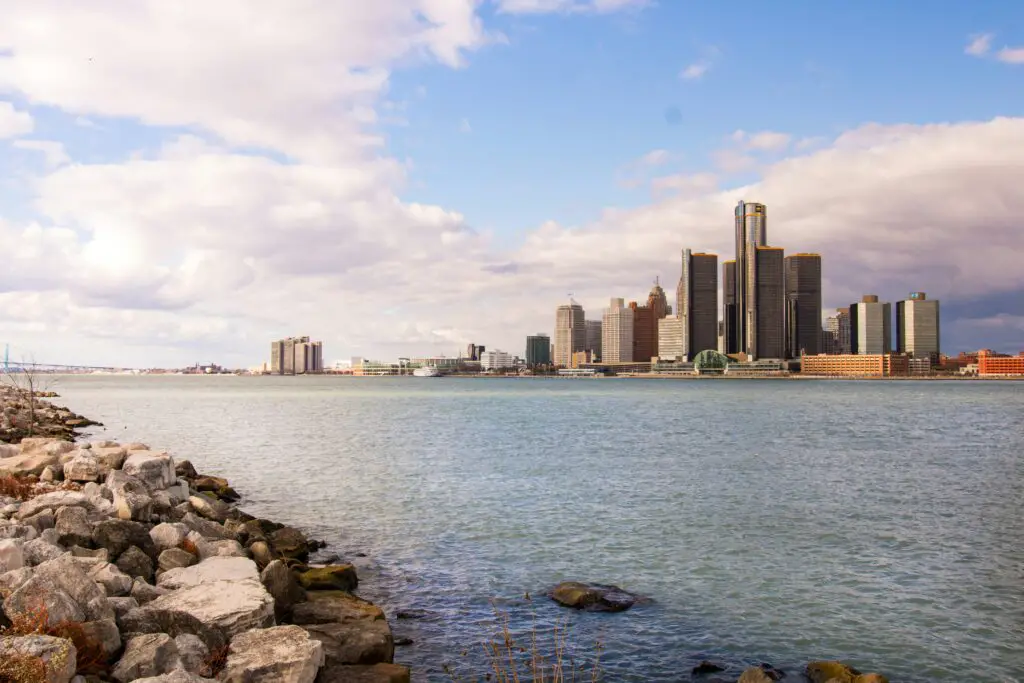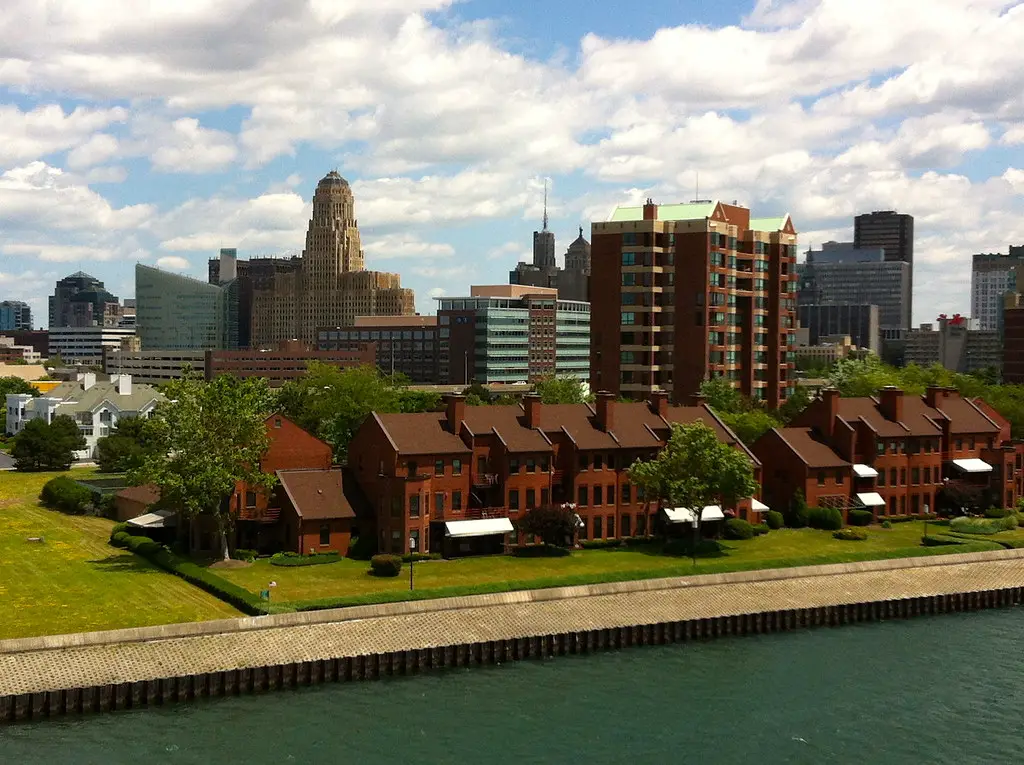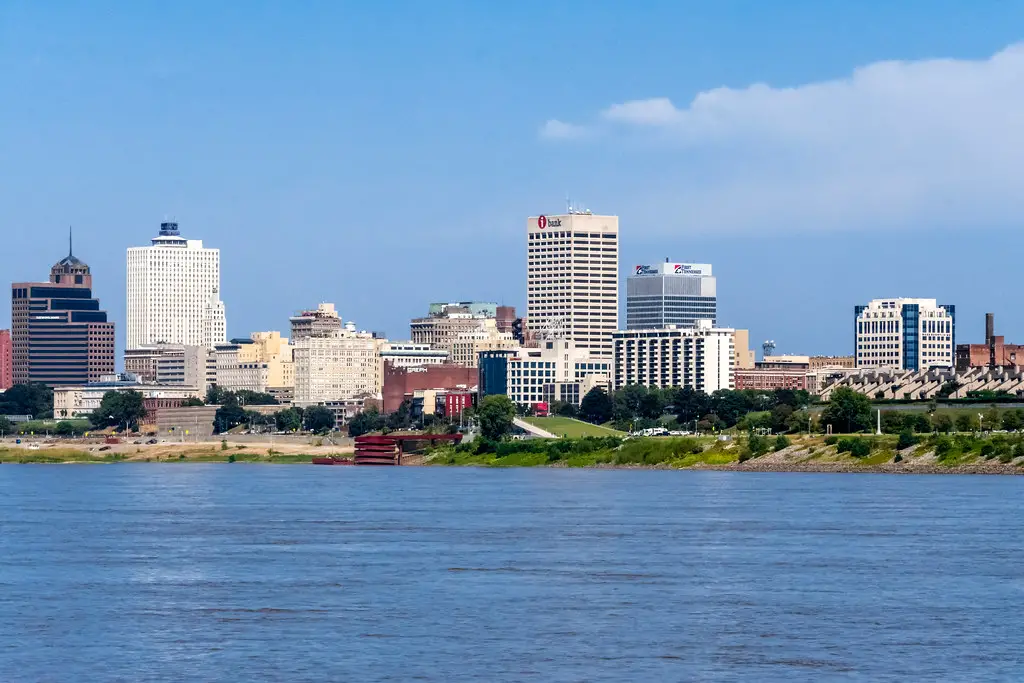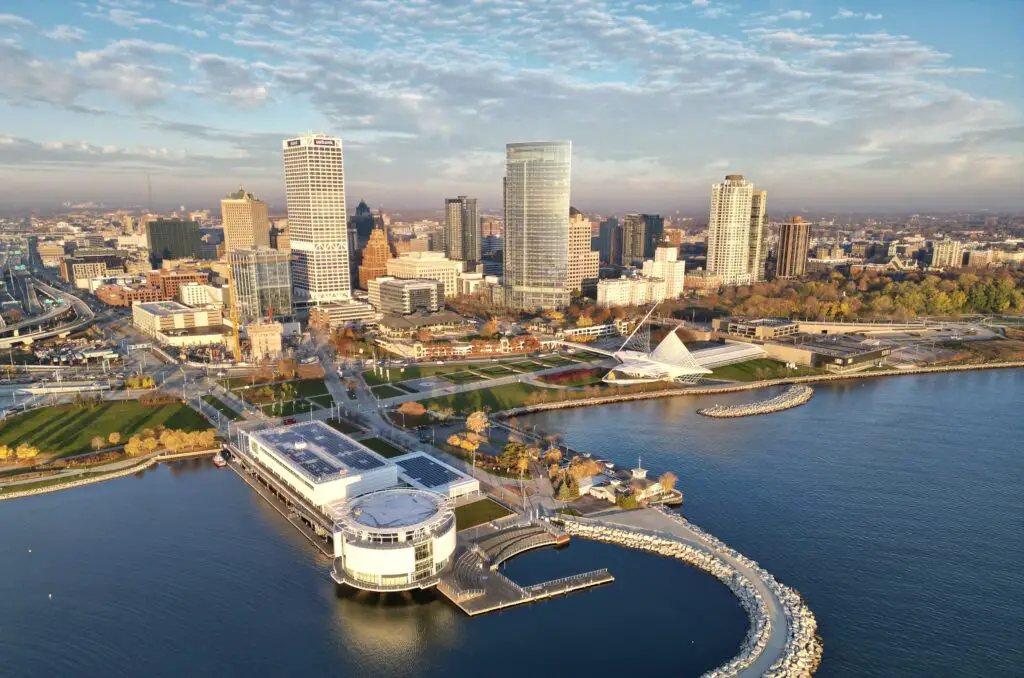1. Detroit, Michigan

Detroit continues to struggle with population decline, driven by economic challenges and limited job opportunities. The city has made strides in revitalizing its downtown, but many neighborhoods still face significant hardships. As residents seek better prospects elsewhere, Detroit’s population loss shows no signs of slowing down.
2. Cleveland, Ohio

Cleveland’s population decline stems from decades of deindustrialization and a lack of economic diversification. Despite efforts to attract tech startups and improve infrastructure, the city has struggled to retain its younger population. Outmigration remains a pressing issue, with many residents heading to other states.
3. St. Louis, Missouri

St. Louis has been losing residents due to crime concerns and a struggling local economy. Efforts to revitalize certain neighborhoods and attract new businesses haven’t offset the outflow of families seeking safer and more affordable areas. The city faces significant challenges in reversing this trend.
4. Baltimore, Maryland

Baltimore’s population continues to decline, largely driven by high crime rates and a lack of economic opportunities. Many residents are moving to suburban areas or other states in search of better living conditions. Efforts to revitalize the downtown area have yet to stem the tide of outmigration.
5. Pittsburgh, Pennsylvania

While Pittsburgh has a growing tech sector, it’s still losing population due to an aging demographic and limited job opportunities outside the technology field. Young professionals are often drawn to cities with more dynamic job markets. The city’s population is shrinking faster than many anticipated.
6. Birmingham, Alabama

Birmingham faces a population decline driven by economic stagnation and a lack of modern industries. Many young professionals are leaving for cities with stronger economies and better career prospects. This outmigration poses a significant challenge for the city’s future growth.
7. Buffalo, New York

Buffalo has long struggled with population loss due to limited economic opportunities and harsh winters. Younger residents often move to warmer climates or cities with stronger job markets. Despite efforts to revitalize its downtown, Buffalo continues to see significant outmigration.
8. Memphis, Tennessee

Memphis is grappling with population loss as residents leave for cities with better job prospects and safer environments. High crime rates and limited economic diversity are contributing factors. The city’s attempts at revitalization have not yet been enough to reverse this trend.
9. Rochester, New York

Rochester’s decline in population is linked to economic challenges and a lack of job opportunities in key industries. Many residents are leaving for better-paying jobs and more affordable living conditions in other states. This trend is creating hurdles for the city’s long-term development.
10. Milwaukee, Wisconsin

Milwaukee is losing residents as its manufacturing base continues to shrink. While the city has made efforts to diversify its economy, these changes haven’t been enough to keep younger generations from leaving. Population loss remains a significant concern for city leaders.
11. Toledo, Ohio

Toledo’s population decline stems from limited economic growth and a lack of modern job opportunities. Many residents are relocating to cities with more dynamic economies and higher wages. Despite redevelopment projects, Toledo faces challenges in attracting and retaining talent.
12. Shreveport, Louisiana

Shreveport is experiencing a significant population decline due to economic stagnation and limited opportunities in key industries. Younger residents are leaving in search of more vibrant cities with growing job markets. This trend is placing pressure on local government to stimulate growth.
13. Gary, Indiana

Gary has been facing population decline for decades due to the collapse of its industrial base. The city’s high poverty rate and lack of economic diversification have driven residents to neighboring states. Efforts to attract investment have yet to reverse the long-term trend of outmigration.
